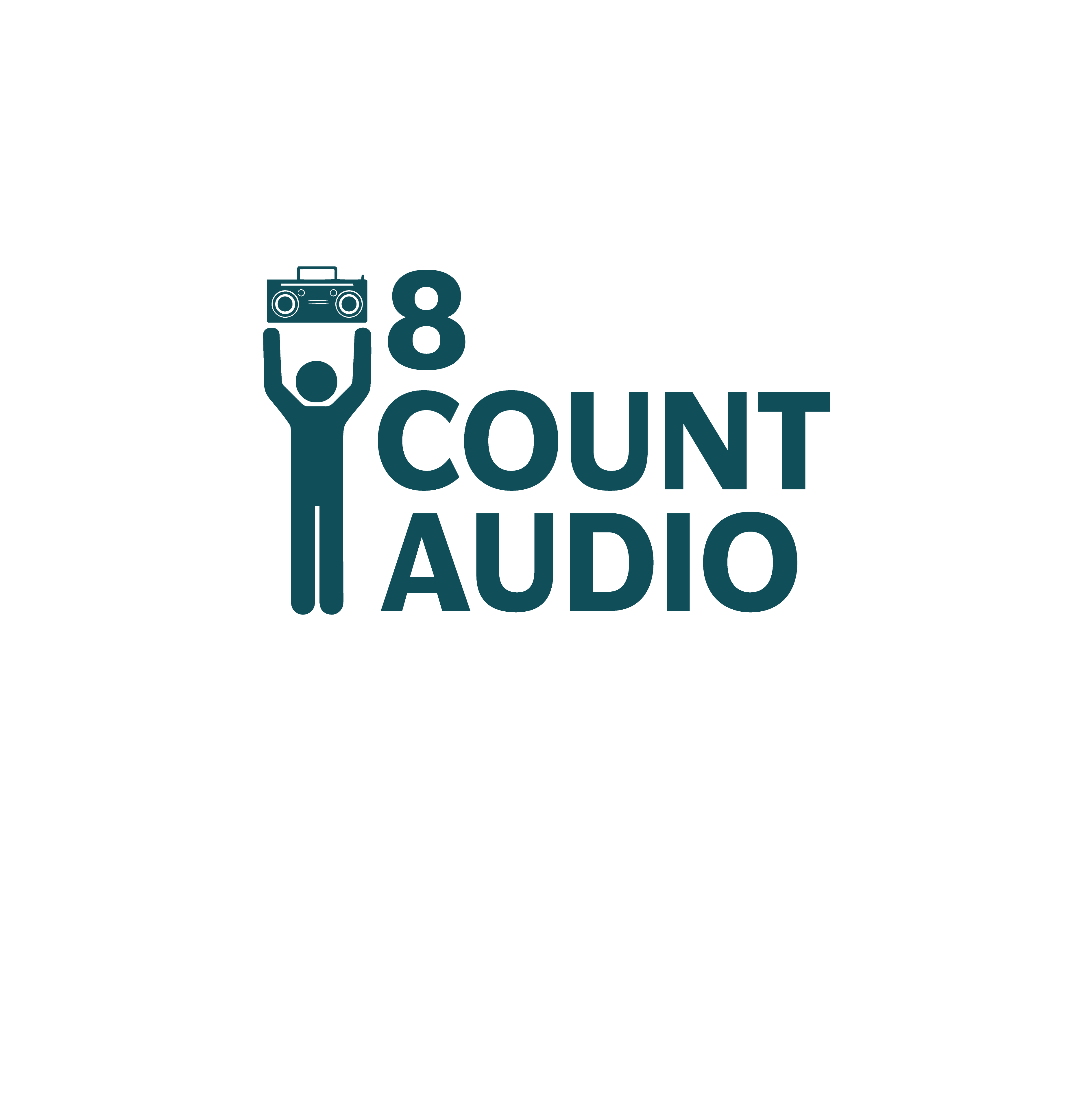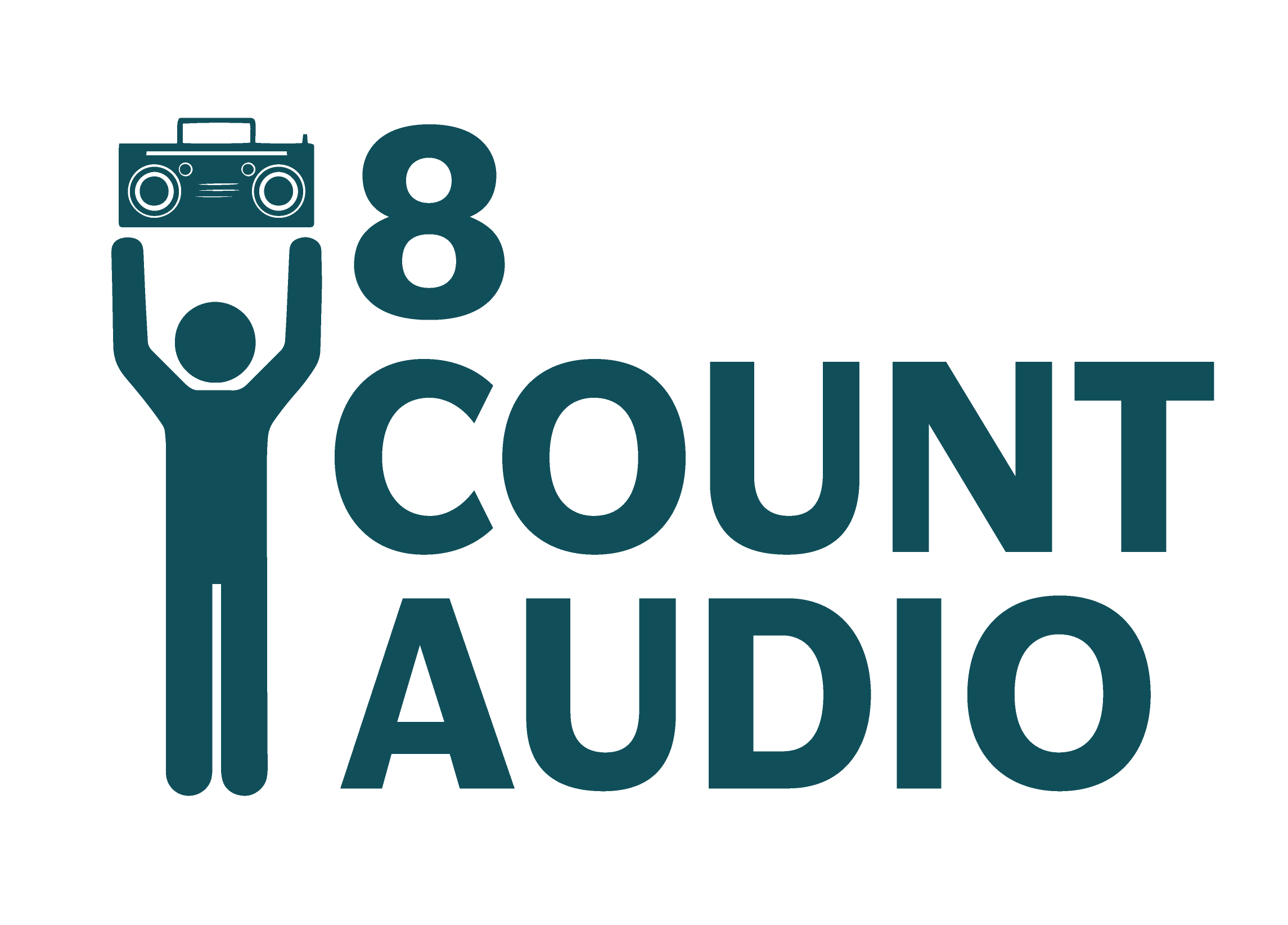Upstate 8 Conference Championship
The snow couldn’t stop 8 Count Audio and Dance Hub IL from slipping and sliding (literally) from the Fieldcrest contest over to Metea Valley on Saturday night for the Upstate 8 Conference championship.
It was somewhat of a family reunion for the 13 conference schools, collectively one of the four powerhouse dance conferences in Illinois (along with the North Suburban, Fox Valley, and Mississippi Valley Conferences). Teams like St. Charles North and East, Larkin, Batavia, Neuqua Valley, Geneva, and Bartlett would regularly face-off at the highest levels of competition back in the IDTA and TDI days. The teams in Upstate 8 have performed 81 routines at Team Dance Illinois state contests since March 2009 (plus a few more in the ’07 and ’08 contests). Those routines were good enough for 12 TDI championships in that same period. Twelve.
Last year’s IHSA dance debut put an end to the tradition of legendary dance teams competing against each other on the same floor, as many administrators demanded an IHSA-only schedule for their dance teams. But for one night, coaches, dancers, and spectators could say in their best surfer/slacker voices, “Dude, we’re gettin’ the band back together!”
The things about this band, though, is that every member is pretty much the lead singer. Even into the second year of a family divorce, the talent levels of these programs are thankfully intact.
Twenty-three routines danced to an average score of 81.07, with a middle score (“median”) of 80.83, which generally supports the frequent comment that this set of scores was on the low side. The conference schools agreed that to rank the teams and find a champion they would take the higher of two scores if a team performed two routines. So while St. Charles North, Neuqua Valley, and Geneva finished 3-2-1, it’s way more interesting to rank the individual routines. Looking at it that way, you have to go down to fifth before you find a team not named Geneva or Neuqua! The lowest of their four routines was an impressive 89.27.
Also interesting is the dominance of two-routine teams–something you’d expect from a powerhouse dance conference that’s used to category competition and therefore bringing more than one dance to perform. In other words, here’s your hold-out conference in the Chicago area, the one set of schools that has such a strong dance tradition that it doesn’t see an advantage in abandoning the category system.
As for the categories themselves, the eight pom routines earned an average of 76.21, and three hip hop dances averaged at 76.13. But Upstate 8 is traditionally a group of jazz and lyrical specialists: six “open dance” routines got an average of 84.98, and the six lyrical routines combined for an eye-opening 86.11.
Then there’s that family divorce to talk about.
Seven routines came from teams who have spent all or some of their competition time outside of IHSA this season, and they danced to an average score of 79.31. This includes three schools that traditionally vie for state titles in Team Dance Illinois. Since it’s highly unlikely that three teams who recently (and currently) perform at high levels would suddenly lose their mojo, their 79.31 average is probably a reflection on their inexperience in front of IHSA judges rather than a true 79.31. Moreover, the sixteen IHSA-only routines scored an average of 81.84, which isn’t a ton higher.
For those who like the no-category format, these conference contests are a fun experiment in taking the argument to the next level: how about no classes? For conferences with a small set of teams (compared to dozens at a typical invitational), no-class competition works ok: it’s a trade-off between practicality and fairness that’s totally acceptable because of the low number of teams. This time the seventeen 3A routines earned an average of 79.88 versus the 84.45 by the 2A routines. If you throw out the three “outliers” (those routines in 3A that scored under 70), 3A closes the gap to 82.2. So if 2A can beat 3A, and not by too much, then maybe the classes are pretty equal and it doesn’t hurt to mix them all up and judge them against each other.
Obviously, that doesn’t make sense. It’s not fair for smaller schools (with a smaller pool of dance talent to choose from) to fairly go up against bigger schools…even if Small and Big competed closely on this particular night. Now apply that basic ethical truth to categories, and it holds water: it’s unfair to judge different styles of dance against each other. When you look at the average scores by “unofficial category” this season, and especially at this contest, it’s clear that jazz and lyrical routines are generally out-performing their kick, pom, and hip hop counterparts. The scores are probably accurate and reliable; the few high-scoring pom, kick, and hip hop routines are really, really good, and the rest are a step below. In the system we’re in, the judges have gotten it right more often than not.
So if the scores are valid, then we have to turn to the system to figure out where the unfairness lies. At the Upstate 8 championship, the highest non-jazz or non-lyrical routine was an 86.53, and it was pom (5th place). The next-highest pom score out of the eight pom routines that night? 79.47 (13th place). That 86.53 routine may not be anywhere near the top dance or lyrical routine, but it was the best of its kind that night, and by a lot. Sounds like 1st place to me.

